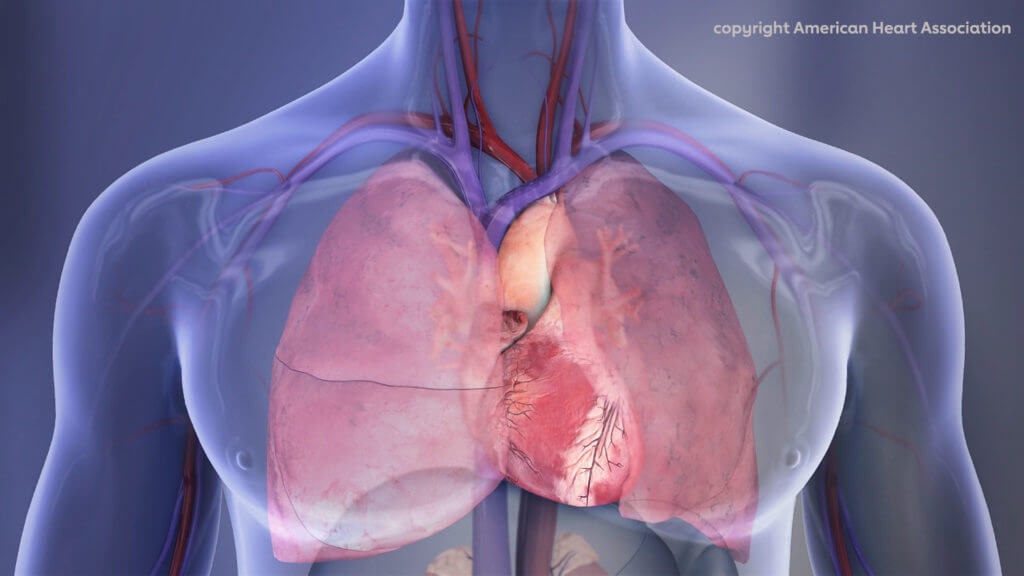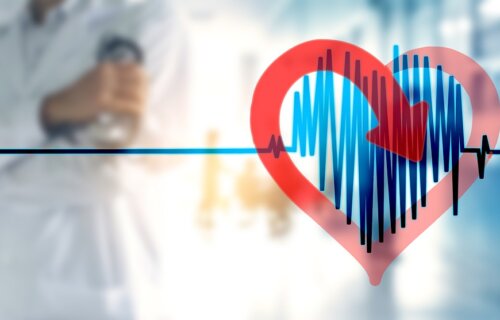DALLAS — Scientists have engineered an innovative way to recharge a patient’s pacemaker — by using their own heartbeat. These wireless pacemakers could partially recharge their batteries by converting mechanical energy into electrical energy, according to a proof-of-concept study.
This research, which explores new ways to enhance the lifespan of pacemakers, aims to address the challenges posed by traditional and leadless pacemakers.
“Mechanical and electrical energy are linked and can be exchanged back and forth,” says study lead author Dr. Babak Nazer, an associate professor of medicine at the University of Washington in Seattle, in a media release. “Just like ultrasound converts electrical voltage into pressure or sound, we can engineer similar materials onto implantable medical devices to convert the heart’s natural oscillating pressures ‘backward’ into voltage to prolong battery life.”
Traditional pacemakers utilize tiny wires, known as leads, to connect to the heart and include a generator with a battery placed under the skin near the left shoulder. These devices use sensors to monitor the patient’s heartbeat and provide pacing when needed.

In contrast, leadless pacemakers are compact, all-in-one devices that reside entirely within the heart’s right ventricle after being inserted through a small tube threaded up to the heart through a leg vein. However, leadless pacemakers have limitations as their batteries cannot be easily replaced, unlike traditional pacemakers with replaceable batteries that typically last between six to 15 years.
Dr. Nazer and his team developed three prototype devices, similar in size to current commercially available leadless pacemakers, to test their ability to generate voltage in response to oscillating pressures resembling those of the right ventricle. The best prototype harvested approximately 10 percent of the energy required to pace the next heartbeat, based on average pacemaker output.
“Our next step is to optimize materials and fabrication to improve energy harvesting efficiency, and then show we can do so consistently in long-term studies. When we can improve upon our 10 percent harvesting efficiency, we hope to partner with one of the major pacemaker companies to incorporate our design and housing into an existing leadless pacemaker,” explains Dr. Nazer. “We hope to prolong battery life further and expand access of this product to younger patients, who would hopefully require fewer implants over their lifetime.”
While the study provides valuable insights into energy harvesting from the heart to recharge pacemaker batteries, it is important to note that this research is experimental, and further studies are necessary to determine if the findings can be applied safely and durably in humans. Additionally, the study focused solely on the energy required for the next heartbeat and did not consider the energy needed for monitoring and communication with the pacemaker, which represents a significant portion of the battery drain.
The study highlights the potential to enhance patients’ quality of life by offering smaller and longer-lasting pacemakers. In 2018, approximately 93,000 pacemaker and defibrillator procedures were performed for inpatients in the United States, according to the American Heart Association’s Heart Disease and Stroke Statistics — 2023 Update.
The findings were presented at the American Heart Association’s Scientific Sessions 2023 in Philadelphia.

